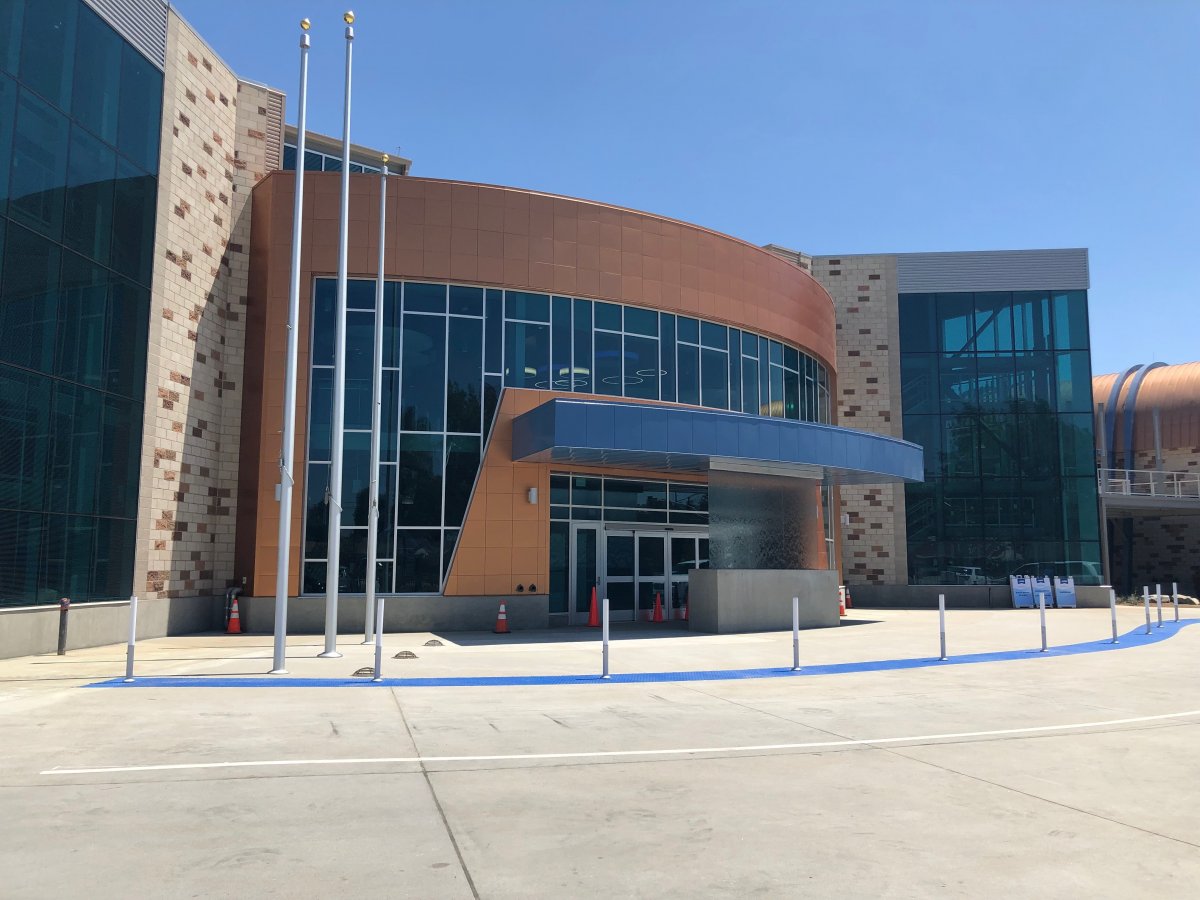Climate Change Creating Enormous Challenges

WRD Robles Advanced Water Treatment Facility
The Water Replenishment District of Southern California (WRD) is the largest groundwater agency in the State of California, managing and protecting local groundwater resources for over four million residents. WRD's service area covers a 420-square-mile region of southern Los Angeles County, the most populated county in the United States. The 43 cities in the service area, including a portion of the City of Los Angeles, use about 215,000 acre-feet (70 billion gallons) of groundwater annually which accounts for about half of the region's potable water supply.
WRD ensures that a reliable supply of high-quality groundwater is available through the use of recycled water and stormwater capture. WRD is responsible for monitoring and testing groundwater throughout the region.
Prior to the formation of the District in 1959, unregulated over-pumping caused wells along the coastline to pump salty water as groundwater levels dropped below sea level, allowing the salty ocean water to seep into and contaminate the freshwater aquifers.
Climate change is creating enormous Global challenges for the delivery of life-giving water.
The good news is that our Southern California water agencies are beginning to act in concert to ensure that the millions of residents they serve have a reliable source of clean water even in the face of climate change and droughts.
One of the key strategies for dealing with our challenging future is to make wastewater reclamation the norm. Last year the WRD Robles Advanced Water Treatment Facility (AWTF) to purify already treated wastewater became operational.
When this AWTF plant went on-line, WRD took a giant step into a future that no longer requires billions of gallons of imported water each year from Northern California in order to replenish its two aquifers and quench the thirst of the millions of residents it serves.
WRD’s plant was the final step of the agency’s 15-year effort to eliminate the need for imported water for replenishment known as the Water Independence Now (WIN) program.
Now WRD is embarking on a broader, more regional strategy - called “WIN 4 All”. Its goal, in the next 2 decades, is to use WRD’s experience with wastewater recycling to help set the stage for creating and participating in projects that re-use purified wastewater for future consumption and free the entire Southern California region of its current reliance on imported water – imported water that may or may not be available in a future altered by climate change.
WRD is working with the Los Angeles DWP and MWD on two large-scale projects that involve recycling wastewater from LA’s Hyperion sewage treatment plant and LA County Sanitation District’s Joint Water Pollution Control Plant in Carson.
These two facilities treat more than 400 million gallons of water daily that is now emptied into the ocean. Eventually, the plan is to apply advanced water treatment techniques to this water and inject or spread it into our groundwater aquifer. Reclaiming this water is cheaper and requires less energy consumption and infrastructure than imported water.
In addition, WRD’s “WIN 4 All” program includes:
- Building a groundwater desalter facility to clean up a giant plume of un-useable salty brackish water underlying the South Bay. Desalination will make this water available for home consumption.
- Assist water producers to build additional wells to extract the new recycled water from WRD’s aquifers to supply their customers.
- Provide grants in the amount of $35 - $40 million to local water agency partners, whose wells have been contaminated by PFAS pollution for wellhead treatment.
WRD’s Safe Drinking Water Program (“SDWP”) has operated since 1991 funding the cleanup of groundwater pollution through the installation of wellhead treatment facilities.
Several years ago WRD created the Disadvantaged Communities Safe Drinking Water Assistance Program that provides technical assistance to small water systems in order to apply for State of California Bond funds to construct wellhead treatment facilities to guarantee clean, safe, and affordable drinking water for disadvantaged community residents.
The real key to a sustainable drought-proof water future lies under our feet. Though we can’t see them, the groundwater aquifers are immense natural reserves – currently with empty storage space of nearly 150 billion gallons.
Rob Katherman serves on the WRD Board as a Director and is our guest writer this month in honor of World Water Day.



Add new comment